Tomatoes in the winter can be a real bummer. They’re blah and tasteless. And around this time of year, as my thoughts begin to turn to summer (not the frizzy-hair humidity, thighs sticking to the car parts of it, because, honestly, I’m OK with a few more weeks in my comfy tights… I just ask for a little warmth and sunshine), tomatoes begin to re-enter my vocabulary.
So, what to do with that tomato craving when the farmer’s market comes up empty and the supermarket comes up, well, pathetic and pricey? You can concentrate. The tomatoes, that is. You can think really hard, but that won’t help much with the tomato issue.
Sun-dried tomatoes are OK.
You can buy them in a jar in oil but they’re too oily.
You can buy them dried in a bag, but when you reconstitute them, they seem either too mushy or too hard. Unlike Goldilocks (an apt attempt at analogy, given my name, Zahavah, which means gold in Hebrew despite my very brown tresses) I can’t seem to get them just right.
But then I discovered how to make my own slow-roasted tomatoes.
I first learned about slow-roasting tomatoes from my cousin’s (and just this week, a brand new mom!) blog – My Husband Hates Veggies. After research and experimenting with several different online suggestions, I came up with a technique that works for me for plum tomatoes (3 hours with oven on, overnight with oven off….don’t open the oven!) and grape tomatoes (the latter of which I use in this salad), and helps make the most of blah winter tomatoes. I can’t wait to try this with summer tomatoes.
All I can say is… this is SO. JUST. RIGHT.
NOTE: slow-roasting does take some advance planning, but very little prep time, and is really worth it.
Slow-Roasted Grape Tomatoes
Preheat oven to 225°F.
Cut tomatoes in half lengthwise and toss with olive oil, salt and pepper. Lay tomatoes on aluminum foil lined (for ease of clean up) baking sheet with cut side up.

grape tomatoes, cut-side up, ready for the oven
Bake for 3 hours. Tomatoes should be somewhat shriveled and dried, but when pressed, some liquid should remain.
Can be eaten right away, added to salad, or refrigerated for a few days. I read that it is better to store these in olive oil, but I had no problems just storing them in refrigerator in a covered bowl, sans oil.
NOTE: you can also roast garlic cloves (unpeeled — the garlic will steam in the peel) at the same time; roasted garlic is sweet and can be squeezed out of its papery skin and spread onto bread with a little salt or incorporated into recipes, vinaigrette, etc.

grape tomatoes, after 3 hours in the oven
Spinach Salad with Slow-Roasted Tomatoes and Mushrooms
This is one of those salads created with whatever vegetables I had in the fridge and was meant to showcase the slow-roasted tomatoes. It’s very simple and I purposely kept the dressing very light, just barely grazing the leaves.
Baby spinach
Grape tomatoes
Cremini mushrooms (sometimes called baby portabellas)
Extra virgin olive oil
Good balsamic vinegar
Kosher salt
Freshly ground pepper
Assemble the salad: Fill a bowl with baby spinach and add sliced cremini mushrooms. Toss greens with olive oil — to ensure that salad is not overdressed, pour oil onto your hand and use hands to mix well. Repeat with balsamic vinegar.
If you are the type who needs measurements, start with 2-3 T of olive oil and 1 T balsamic (traditional ratio is 3 oil: 1 vinegar or lemon juice) and adjust as necessary, but allow the salad to sit for about 5-10 minutes before tasting.
Add a few pinches of kosher salt and a few turns of fresh pepper.
Add roasted tomatoes. Toss again.







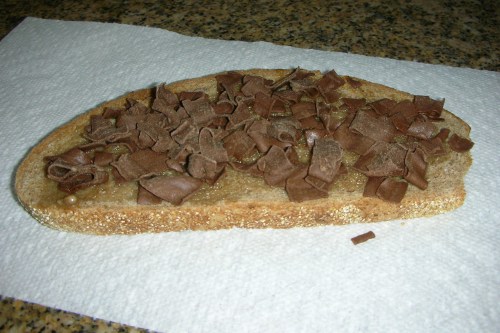
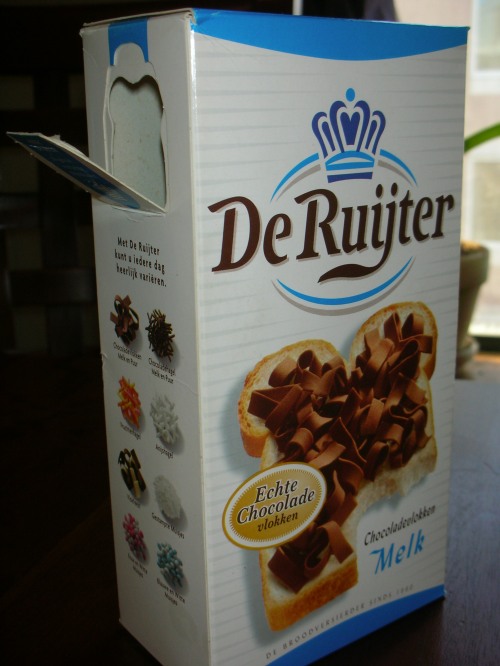
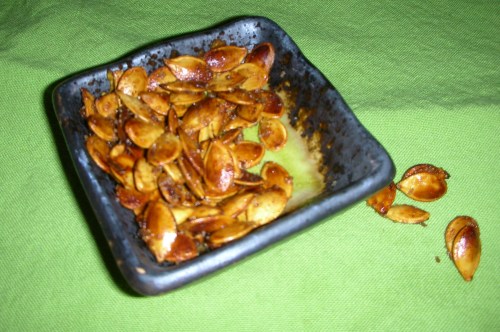

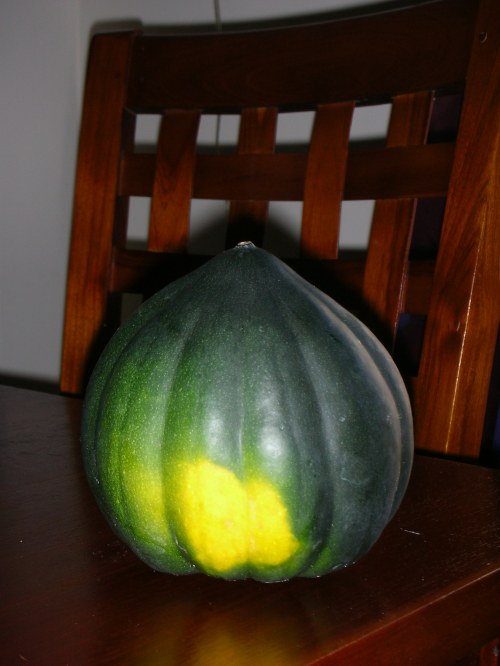



 – good Parmesan cheese — again, I’ll probably get it in Fairway or Zabar’s
– good Parmesan cheese — again, I’ll probably get it in Fairway or Zabar’s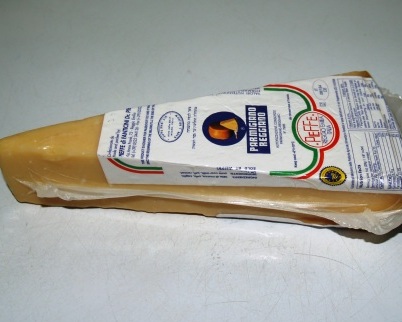
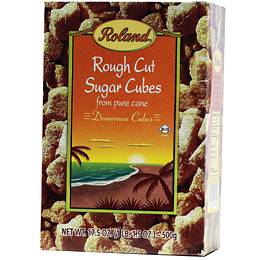








 combined. The dough will be brownish-gray, a little sticky, and firm. Form dough into a disk, wrap in plastic wrap and chill for at least 2 hours. (It was at this point that I went back to bed at 5:30 am).
combined. The dough will be brownish-gray, a little sticky, and firm. Form dough into a disk, wrap in plastic wrap and chill for at least 2 hours. (It was at this point that I went back to bed at 5:30 am).
